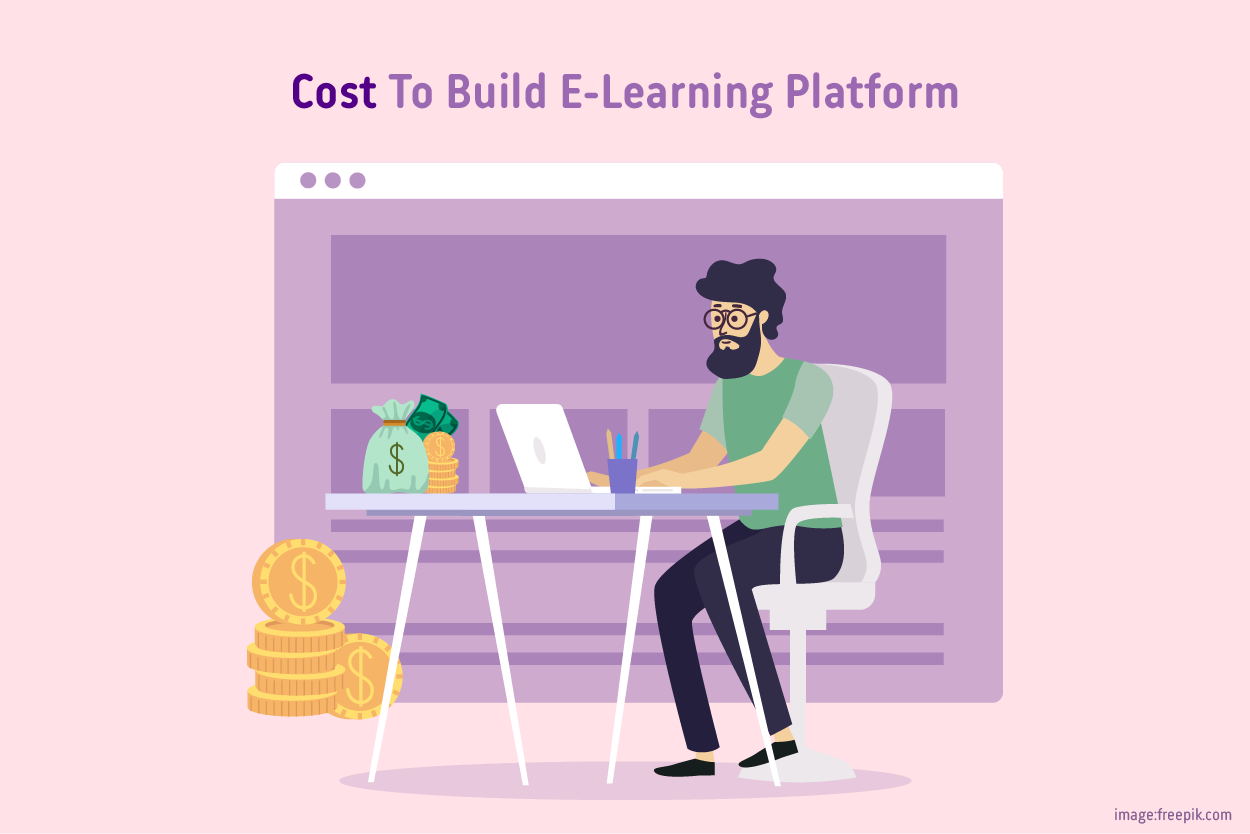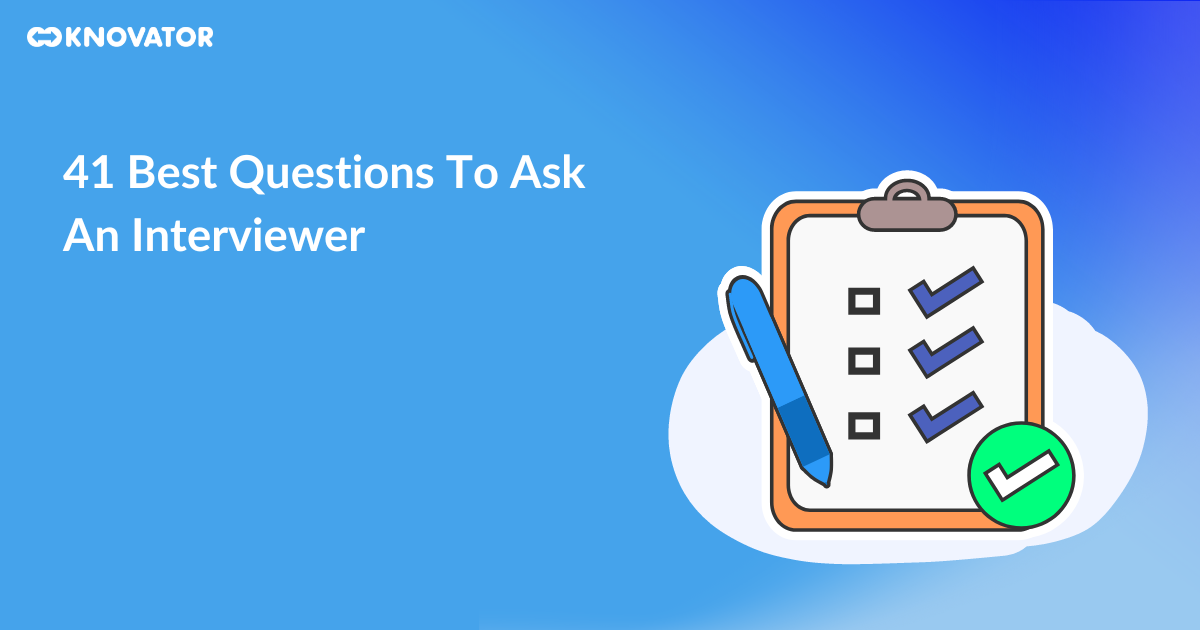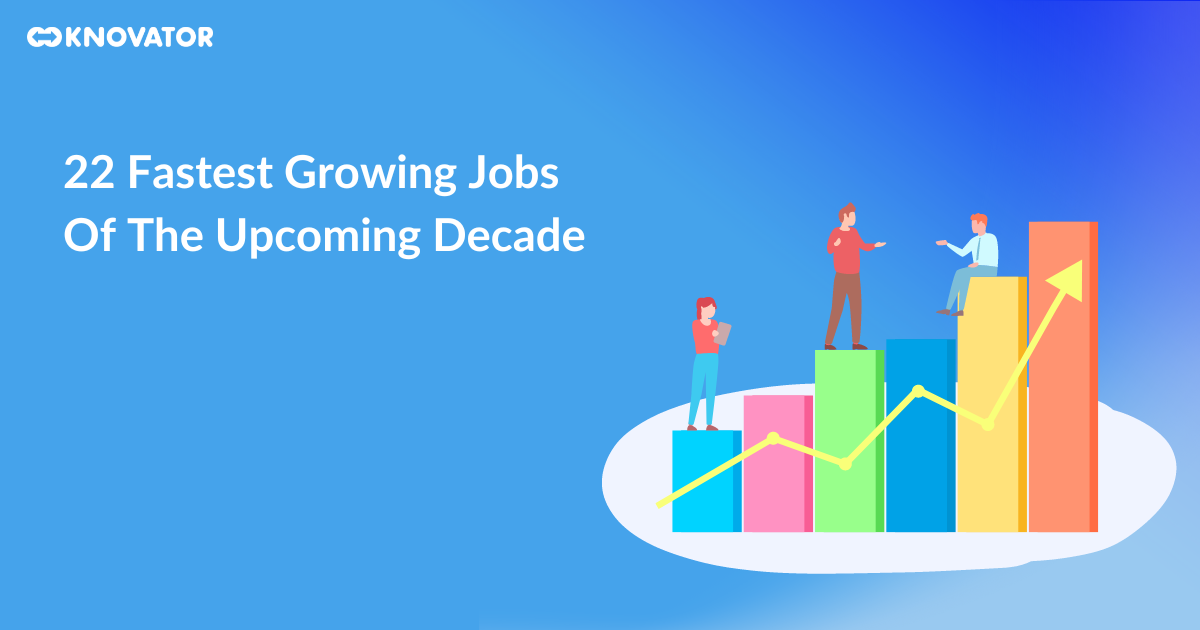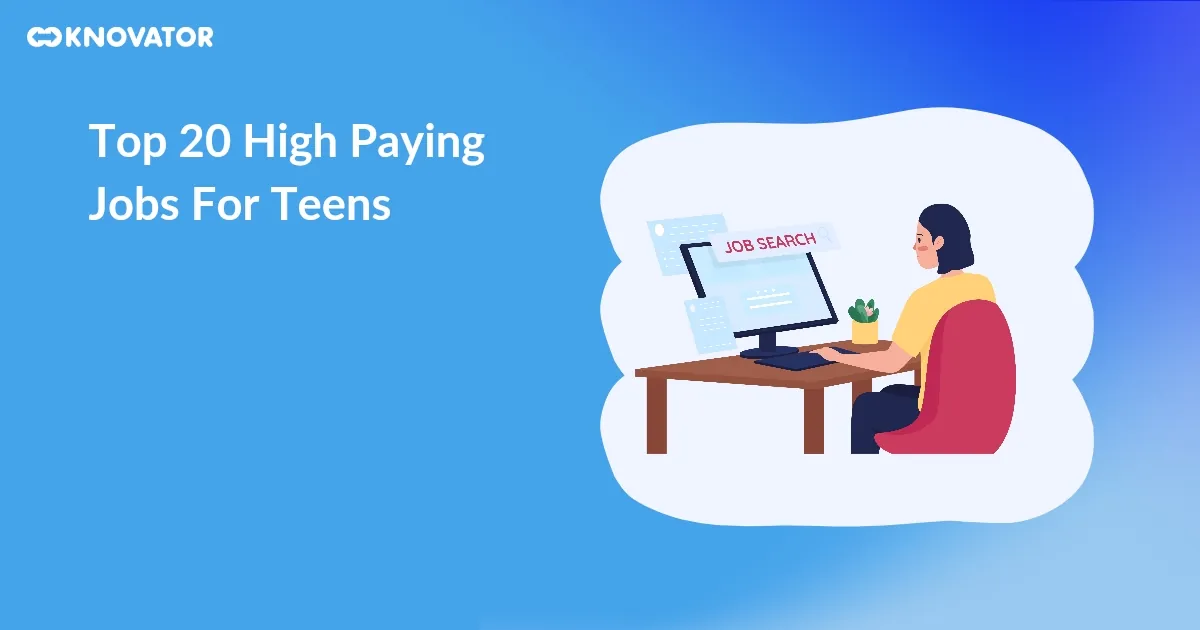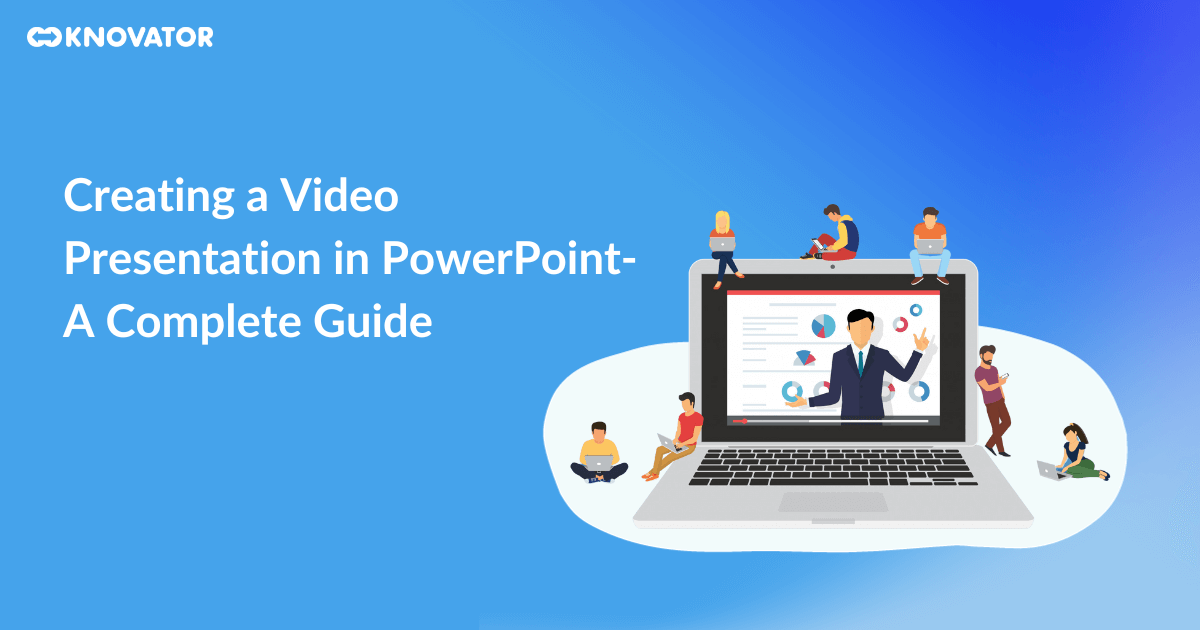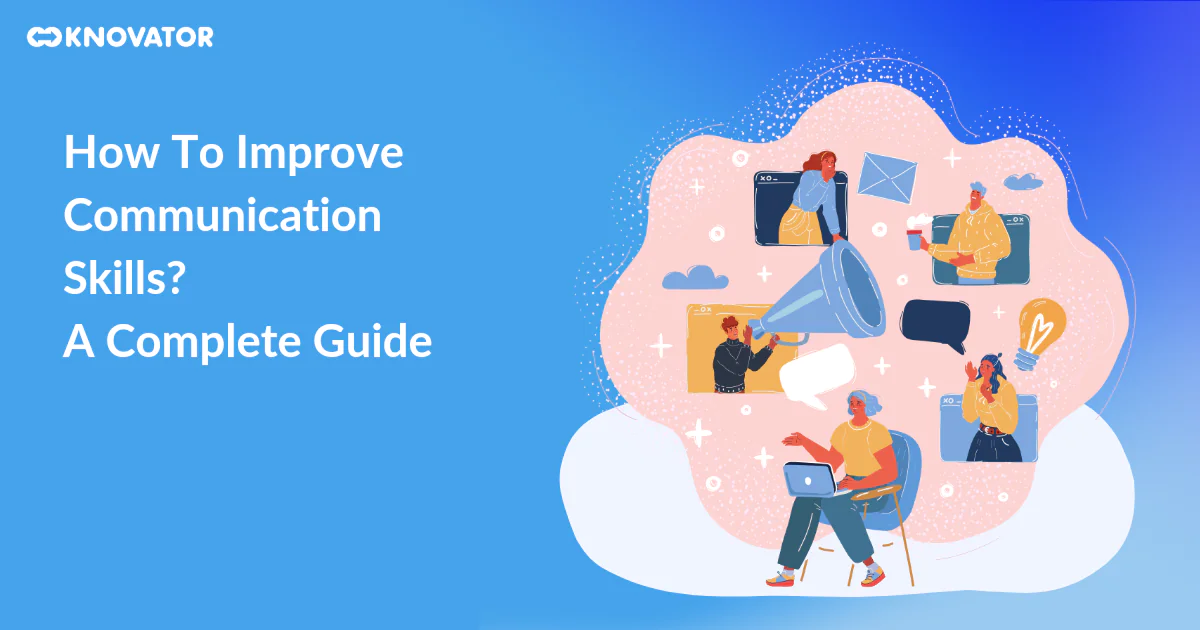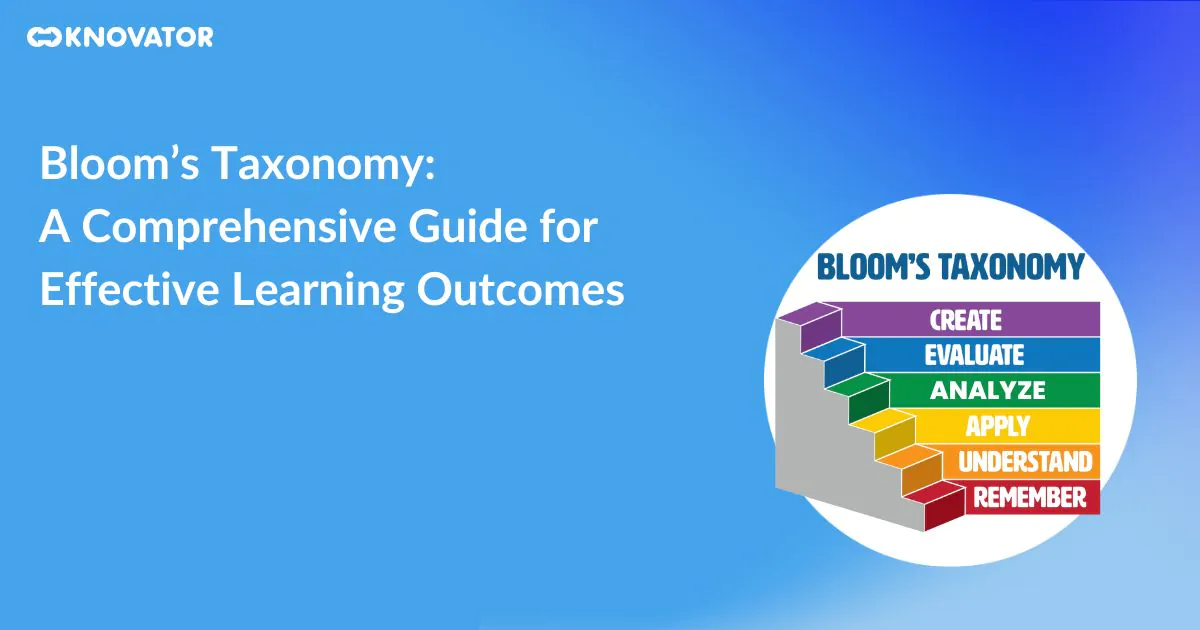It is no secret that the growing demands of e-learning platform development keep rises in every part of the world. And to be honest, when a global pandemic takes place in the world it becomes a key solution for learning.
-
What is the E-learning and E-learning platform?
E-learning or online learning is primarily internet-based learning. It harnesses the power of information and communication technology to share information and develop knowledge and skills.
E-learning platform provides a flexible and learner-centric approach to learning. It enables anytime and anywhere learning that goes beyond the four walls of a classroom. This means the learner is free to pick their convenient time and place to learn, and pause it and resume whenever they want.
Features of the E-learning platform

Video Conferencing
Make your e-learning more interactive with video conferencing as it allows you to conduct group meetings, one-to-one meetings, interactive video conferences, and more with your students.

Skill and Certificate Tracking
Track students’ skills learned and certificates of completion with a few clicks of a mouse button. Boost students’ engagement and motivation by handing out certificates for achievements.

Payment Gateway
Integrate your e-learning platform with a payment gateway to facilitate the payment process of your institution online.

Assessment Management
Assess your student’s knowledge with quizzes, and exams and provide them instant feedback in real-time for their achievements.

Self Registration
Enable the self-registration option on Learning Management Software and allow students to enrol themself in one or more courses.

Students Information Management
Manage all your student’s profiles, online admission, online exam, attendance, schedules & curriculum, fees, grade books, and many more from one single screen.

Virtual Classroom
Interact with your students in real-time using custom Elearning development software. Make your class more interactive with prerecorded components such as presentations, lecture slides, and videos

Motivation Triggers
Use motivational triggers like social polls, rewards, scores, badges, certificates, achievements, etc to motivate your students to perform well

Support of Multiple Content
Creates and delivers content to students in the form of text, audio, video, animation, and many more with
elearning portal development.

Responsive Design Feature
Adjust the size, orientation, and resolution of the screen according to learners’ needs with Learning Management Software.

Strong Reporting
Create a custom report with custom e-learning development software. View and analyze information about courses, users, and training material directly through your report.

Course Creation
Create, design, and deliver specific or multiple courses with a few clicks of a mouse button to online learners.
Benefits of the E-learning platform
- Anyone with a reliable internet connection can participate from anywhere in the world.
- Learners can access modules and programs anytime, anywhere, using a smartphone, tablet, or desktop.
- Elearning ensures a consistent learning experience, and learners enjoy engaging with a range of media like quizzes, audio, videos, and learning games.
- Instructors can teach as many learners as necessary without time and space restrictions.
Not sure what are the benefits of e-learning platforms? We have helped clients to gain $1 Million + in ARR with our e-learning platform.
Contact our experts to know how we did that?
Cost Of an E-learning Platform Development
One of the common questions we get quite often from our clients that “How much it costs to develop an e-learning platform?”
There are hundreds of thousands of e-learning platforms and online education providers serving millions of people and many of them convert into a massive educational platform that maximizes student revenue and increases their income streams.
The cost of e-learning platforms such as Udemy, Coursera, and other online learning platforms depends on many factors. You need to try them out and see if they are the answer to your needs for your primary education program.
There are some factors that affect the cost of e-learning platforms, take a glance at it.
E learning app development & e learning web development cost
There are many variables that determine the price of the e-learning web development cost. Some of the factors that determine the e-learning web development cost includes project complexity, technology stack, the number of developers, time, resources required, location of a web developer, and many more. Read on to know White Label and Custom Web/App development cost.
Related : Automate Teaching with Custom eLearning Development
White Label E-Learning Web Development Cost
The cost to develop White Label E-Learning Website ranges between $10,000 – $15,000.
White label e-learning web development cost is cheaper than custom web development cost because it is a ready-made product and nothing can be extra added as per your choice. Hence, it is of utmost importance to approach a reliable white label web developer with your definite goals and timeline, so that you find the optimum price for your website.
White Label E-Learning App Development Cost (Android or iOs)
If we talk about, White Label Mobile App, it is a generic app that is built by a development company with an aim to resell it to another business, which in turn, can rebrand the app as their own.
Similar to the white label web development cost, the development cost of white label android apps and white-label iOs apps depends on different factors. The cost to develop a white label android app and iOs app is quite affordable in comparison to a custom-made app.
The factors that determine the white label app development cost include the size, location, and experience of white-label app development companies. However, building a single-platform (iOS or Android) white label app with basic features is cheaper in comparison to the app built for multiple platforms, and includes additional features and functionalities.
Custom E-Learning Webs Development Cost
Custom e-learning web development is all about creating a personalized website for your business. The development cost of a custom e-learning web depends on the manpower required, resources required, process alignment, interactivity level, the level of customization, Level of E-Learning (1,2,3), LMS selection, and many more. In general, the development cost of an E-learning web with basic features ranges between $25,000 to $50,000, and with advanced features, it will cost approximately $75,000 to $100,000.
Custom E-Leaning App Development Cost (Android or iOs)
Similar to the custom e-learning web development cost, the cost of developing a custom e-learning app also depends on various factors including App UI/UX design, App Complexity, Targeted Platform (IOS or Android), developers location, and more. Generally, the development cost custom e-learning app with basic features for a single platform ( Android or iOs) ranges between $8000 to $30,000. But, if you want to build a custom elearning mobile app with advanced features including CRM solutions integration, real-time analytics, etc, then it ranges between $25000 to $50,000.
Looking to hire an affordable e-learning platform development agency? We have more than 5 years of experience in building e-learning platforms.
How to hire a dedicated team for developing an e-learning platform?
The search for hiring the best eLearning developers is a tough one, though, especially if your technical skills and knowledge aren’t quite up to snuff. Here are some tips to employ the best team of developers for your project:-
- Analyze the market and check the reviews on the website
- Choose the right technology stack
- Ask your professional circles for a referral
- Attend tech events to pick high skilled developers
- Estimate your budget
- Go through the portfolios
- Ensure the necessary resources exist
- Have trust coding expertise
- Consider employees personality, not just skills
- Put technical knowledge above personal convictions
Frequently Asked Questions
Creating e-learning platforms requires clear goals, the right developer’s team, skilled educators, and the correct approach. A great platform requires inclusions of tools like automation, gamification, responsive design, secure cloud, wearable E-learning tools, and so on.
It’s challenging to find the right team and high skills educators who can develop well-defined content and creative ideas. Finding users for a new platform is often quite tricky and needs exact marketing.
Elearning platforms allow effective complete control of the administration, communication with users, teachers, trainers, and content management. Learners can engage with other learners and enhance their skill levels.
Coursera, Udemy, Linkedin Learning, skillshare, Udacity, and Edx are some of the best and popular learning platforms that offer various courses and professional certificates.
The different effective ways to monetize an education app using Learning Management Software include Freemium courses, In-App-Purchases, Paid certifications, Live class etc.
At Knovator, we’ve high skills individual team which helps you to build your dream e-learning platform in an advanced and high-end way. We are in a position to do much of the higher cost front-end analysis work on over selves and we also tend to deal with lower cost. If you’re looking for a complete solution for your e-Learning platform development you can contact our team through mail or direct call.
